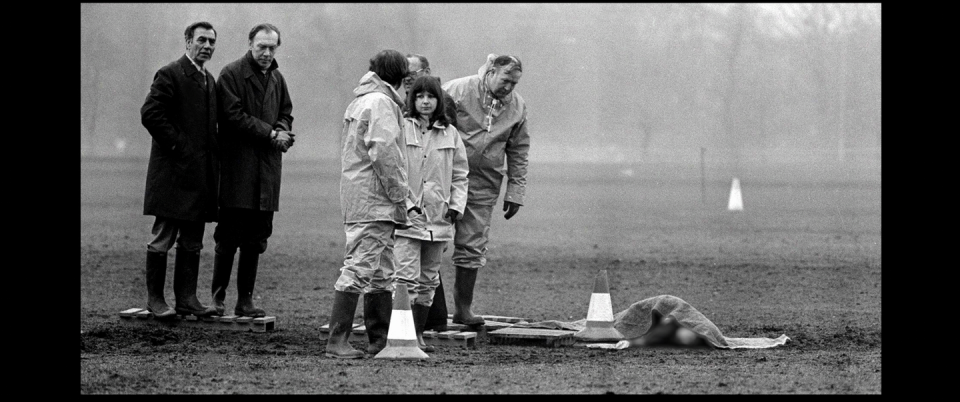Netflix's 'The Ripper' Examines Why the Police Failed to Catch the Yorkshire Serial Killer For Years

Netflix’s latest true crime series outlines the violent murders committed by “The Ripper”—but not the infamous Jack, who terrorized London in the Victorian era. The new four part documentary tells the story of the Yorkshire Ripper, a British murderer who killed at least 13 women and attacked many more between 1969 and 1980 in Northern England. The Netflix documentary recounts the horrific crimes through interviews with investigators, survivors, journalists, and the families of victims.
Who was the Yorkshire Ripper?
The Yorkshire Ripper was named Peter William Sutcliffe (also known as Peter William Coonan), and was working as a truck driver in the period he committed the majority of his attacks. He targeted mainly sex workers in red-light districts and low income neighborhoods, brutally attacking, mutilating, and oftentimes murdering women for years while he evaded arrest. Over the course of the five year police investigation, Sutcliffe was brought in nine times by police for questioning without being arrested. He continued to kill after each police interview, and even after he had been arrested for drunk driving in 1980, which later led to strong criticism of the police’s handling of the case. The series highlights the prominent sexism and classism at the time, as both the police and press failed to give proper attention to cases that involved women who were sex workers or lived in poverty. This dehumanization contributed to and enabled the perpetrator to evade capture for so many years.
Was the Yorkshire Ripper Caught?
On January 2, 1981, the police pulled Sutcliffe over with a young woman in his car. He was arrested when they discovered the car had false plates, and brought in for questioning about the murders, as he matched many of the descriptions given by survivors of previous attacks. Two days after the arrest, Sutcliffe admitted he was the Ripper, and detailed many of his crimes to the police. He also claimed that the voice of god had told him to murder the women, who he described as “filth...littering the streets.” He stood trial for two weeks, and on May 22, 1981, was convicted of murdering thirteen and attempting to murder seven others. Peter William Sutcliffe was sentenced to 20 concurrent sentences of life imprisonment. His wife, Sonia Szurma, obtained a separation from him in 1989 and a divorce in July of 1994. Although he was found sane at his trial, Sutcliffe was transferred to a high-security psychiatric hospital in March of 1984 after being diagnosed with paranoid schizophrenia.

Where is the Yorkshire Ripper Today?
Sutcliffe became eligible for parole after 30 years in prison, but in 2010 received a whole life tariff when he applied, meaning he would never be released. In August 2016, it was ruled that he was mentally fit to be returned to prison, and was transferred to a prison in Durham, England. He died there of COVID-19 at the age of 74 last month on November 13, 2020.
What has the reception to the Netflix series been?
The title of the Netflix series has sparked controversy among its participants. Richard McCann, the son of Wilma McCann, who’s 1975 murder at the hands of Sutcliffe was covered in the first episode of the show, conveyed his disappointment on BBC Radio 2 this week. While he expressed that the series is “done really well and is done sensitively,” he believes giving Sutcliffe the ‘Ripper’ moniker “mythologizes him and almost makes him a larger than life character,” which could in turn inspire others to commit heinous crimes. He calls the moniker “a description of how women can be killed,” explaining that Netflix “wasted all that sensitivity by calling it that name.” McCann, who was five when his mother was murdered, said that he wouldn't have participated in the series had he known its title. In response, Netflix stated that: “This is not a series about Sutcliffe but a sensitive re-examination of the crimes within the context of England in the late 1970s. This series has at its heart the stories of the women who died.”
You Might Also Like

